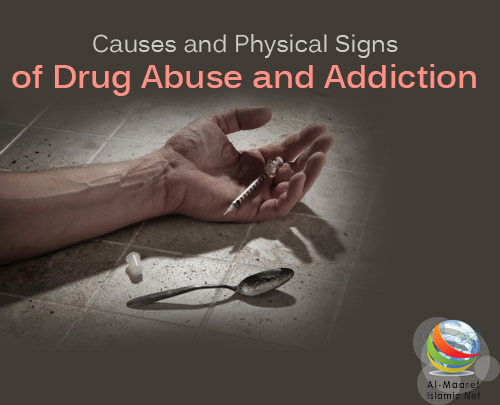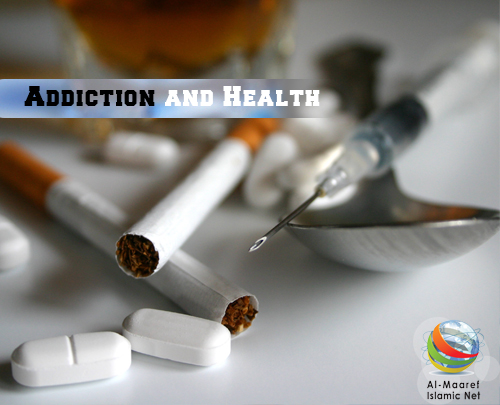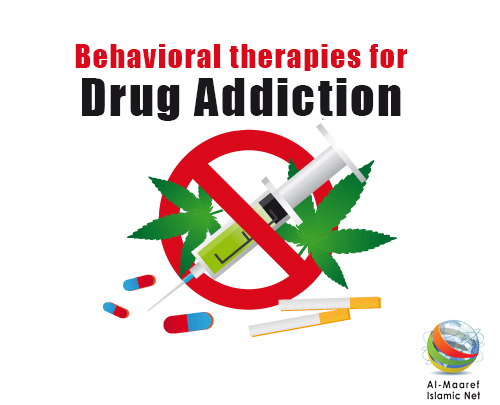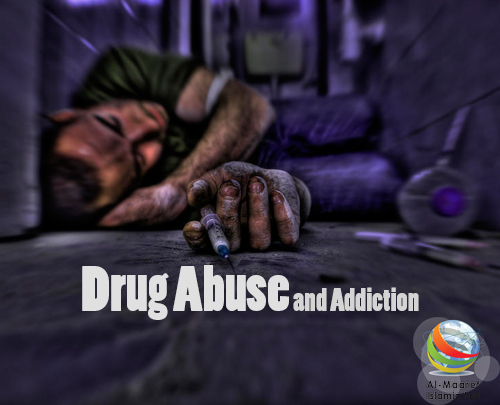What makes one person abuse drugs to the point of losing their home, their
family and their job, while another does not? There is no one simple reason.
Drug abuse and addiction is due to many factors. A powerful force in addiction
is the inability to self- soothe or get relief from untreated mental or physical
pain.
Without the self-resilience and support to handle stress, loneliness or
depression, drugs can be a tempting way to deal with the situation.
Unfortunately, due to the changes drugs make to the brain, it can only take a
few times or even one time to be on the road to addiction.
Some other risk factors include:
• Family history of addiction. While the
interplay between genetics and environment is not entirely clear, if you have a
family history of addiction, you are at higher risk for abusing drugs.
• History of mental illness. Drug abuse can
worsen
mental illness or even create new
symptoms. See dual diagnosis for more information on mental illness and drug
abuse.
• Untreated physical pain. Without medical
supervision, pain medications or illegal drugs like heroin can rapidly become
addictive.
• Peer pressure. If people around you are
doing drugs, it can be difficult to resist the pressure to try them, especially
if you are a teenager.
Signs and symptoms of drug abuse and Addiction
How can I tell if I or a loved one has a drug abuse or addiction problem?
Although different drugs may have different effects on overall physical and
mental health, the basic pattern is the same. Getting and using the drug becomes
more and more important than anything else, including job, friends and family.
The physical and emotional consequences of drug abuse and addiction also make it
difficult to function, often impairing judgment to a dangerous level.
Physical Signs of Abuse and Addiction
Drug abuse affects the brain and body directly. While high, the drug affects the
entire body, from blood pressure to heart rate. Stimulants like cocaine and
methamphetamine “amp up” the body, increasing blood pressure, metabolism and
reducing the ability to sleep. Drugs like opiates and barbiturates slow down the
body, reducing blood pressure, breathing and alertness sometimes to dangerous
levels.
Some physical signs of abuse and addiction include:
• Cycles of increased energy, restlessness, and inability to sleep (often seen
in stimulants)
• Abnormally slow movements, speech or reaction time, confusion and
disorientation (often seen in opiates, benzodiazepines and barbiturates)
• Sudden weight loss or weight gain
• Cycles of excessive sleep
• Unexpected changes in clothing, such as constantly wearing long sleeved
shirts, to hide scarring at injection sites
• Suspected drug paraphernalia such as unexplained pipes, roach clips or
syringes
• For snorted drugs, chronic troubles with sinusitis or nosebleeds
• For smoked drugs, a persistent cough or bronchitis, leading to coughing up
excessive mucus or blood.
• Progressive severe dental problems (especially with methamphetamine)
Tolerance and Withdrawal
Most abused drugs are not only mentally addictive but physically addictive as
well. Tolerance is built up to the drug. More and more of the drug is needed to
achieve the desired effect. As the body physically adjusts to the drug, trying
to cut down or stop is unpleasant or even painful.
These withdrawal symptoms, depending on the drug, can include shakes, chills,
severe aches and pains, difficulty sleeping, agitation, depression, and even
hallucinations or psychosis. Avoiding withdrawal adds to the urgency of keeping
up drug abuse and increases drug dependence.



















